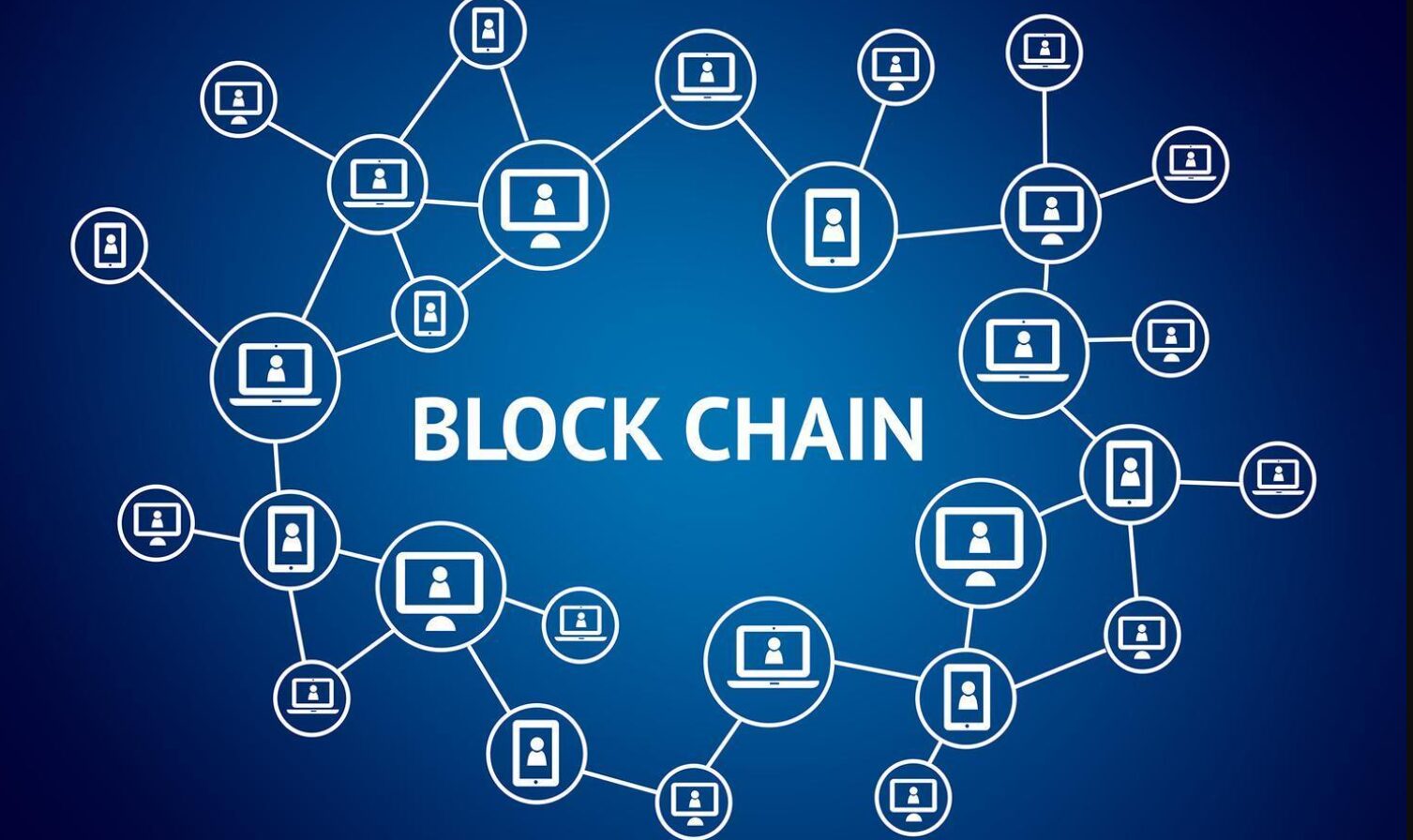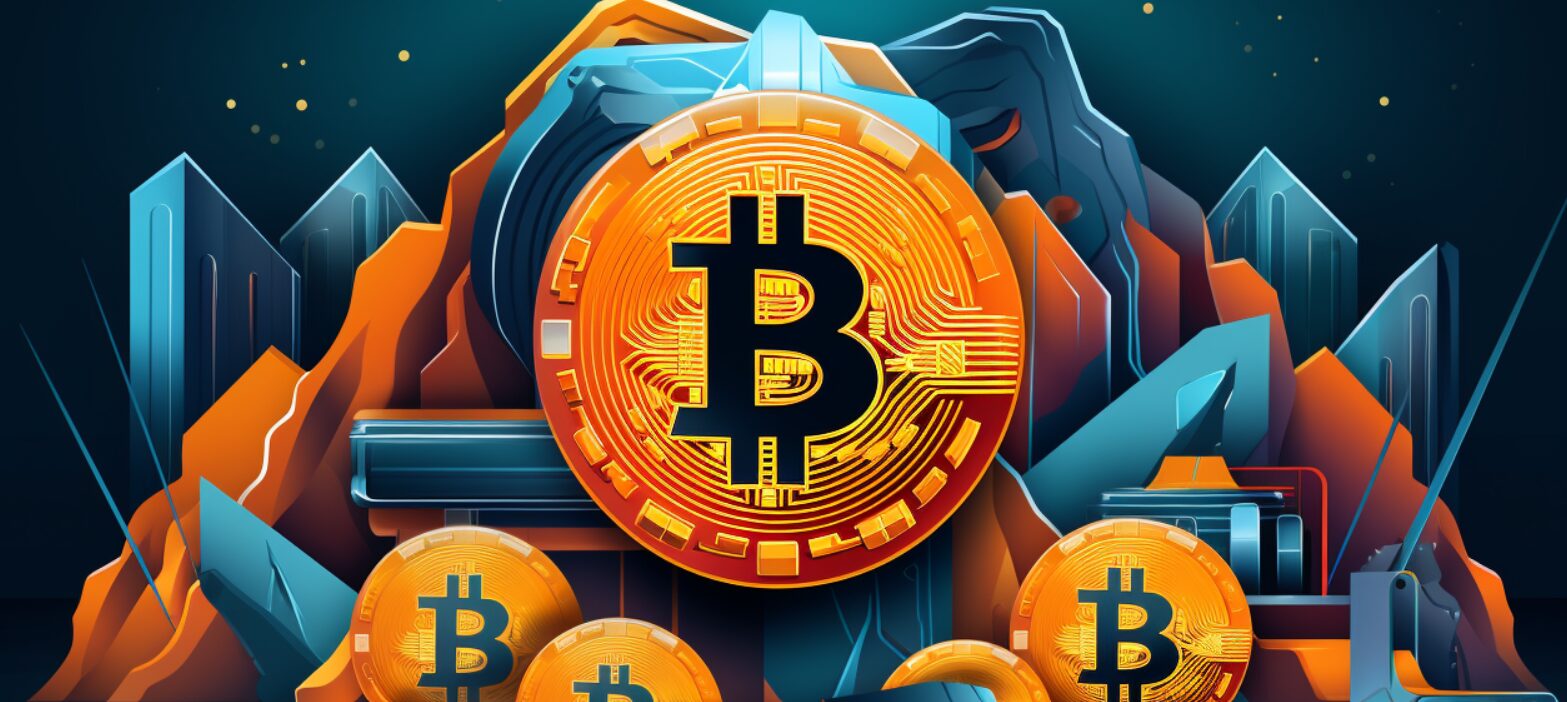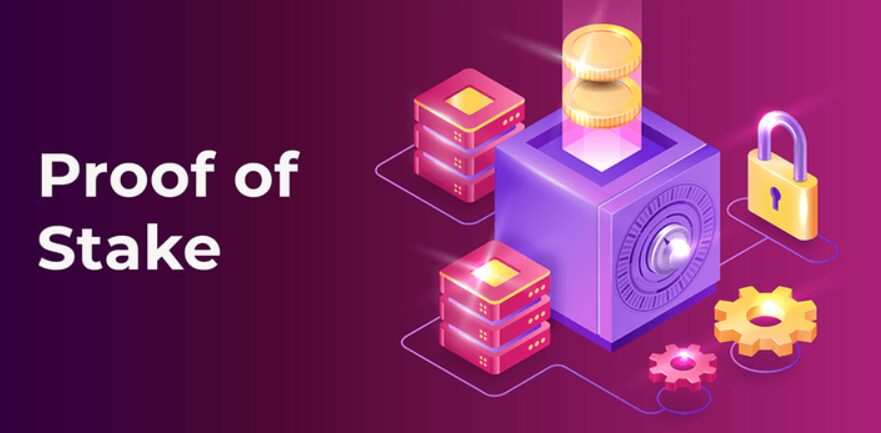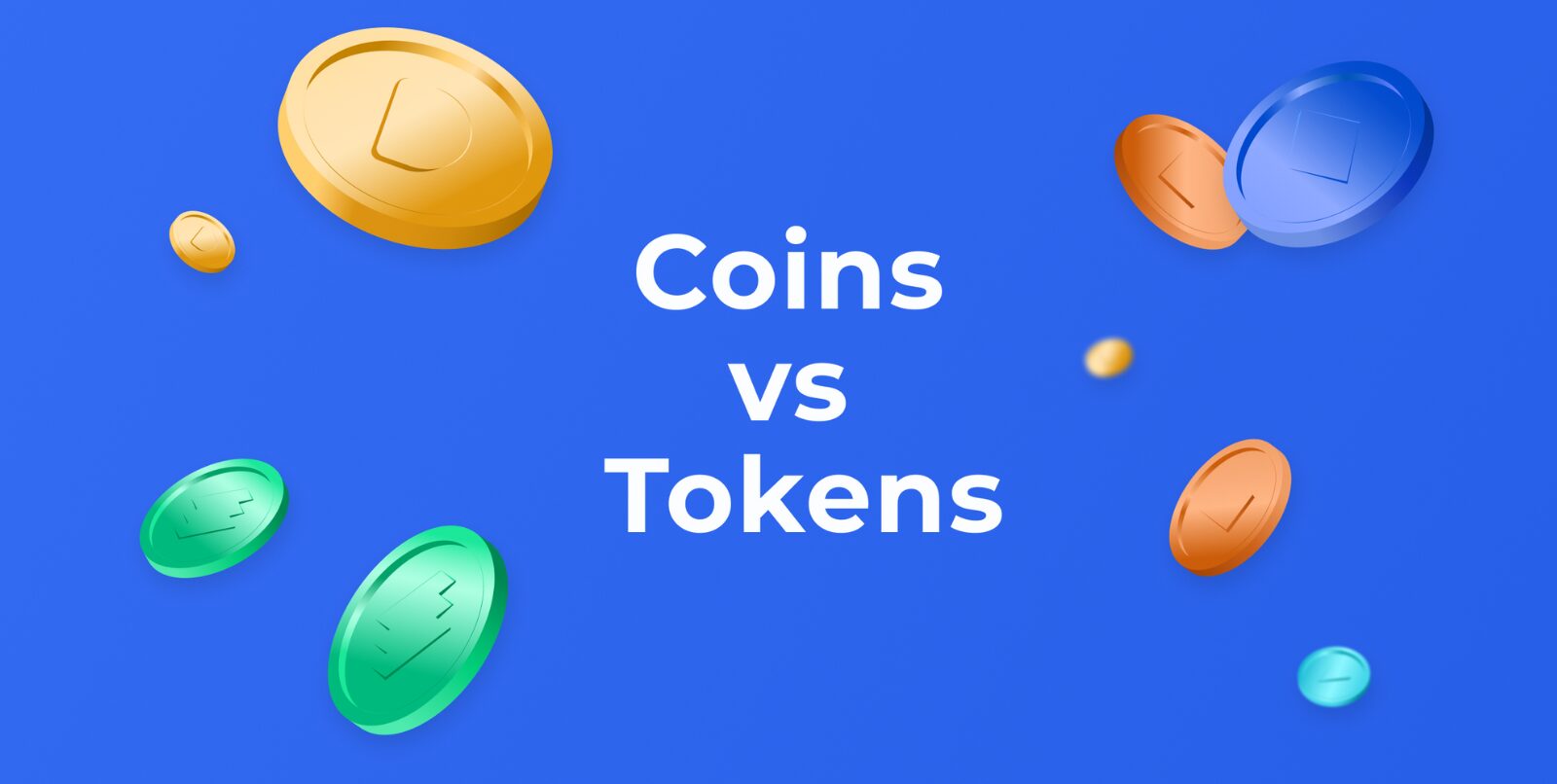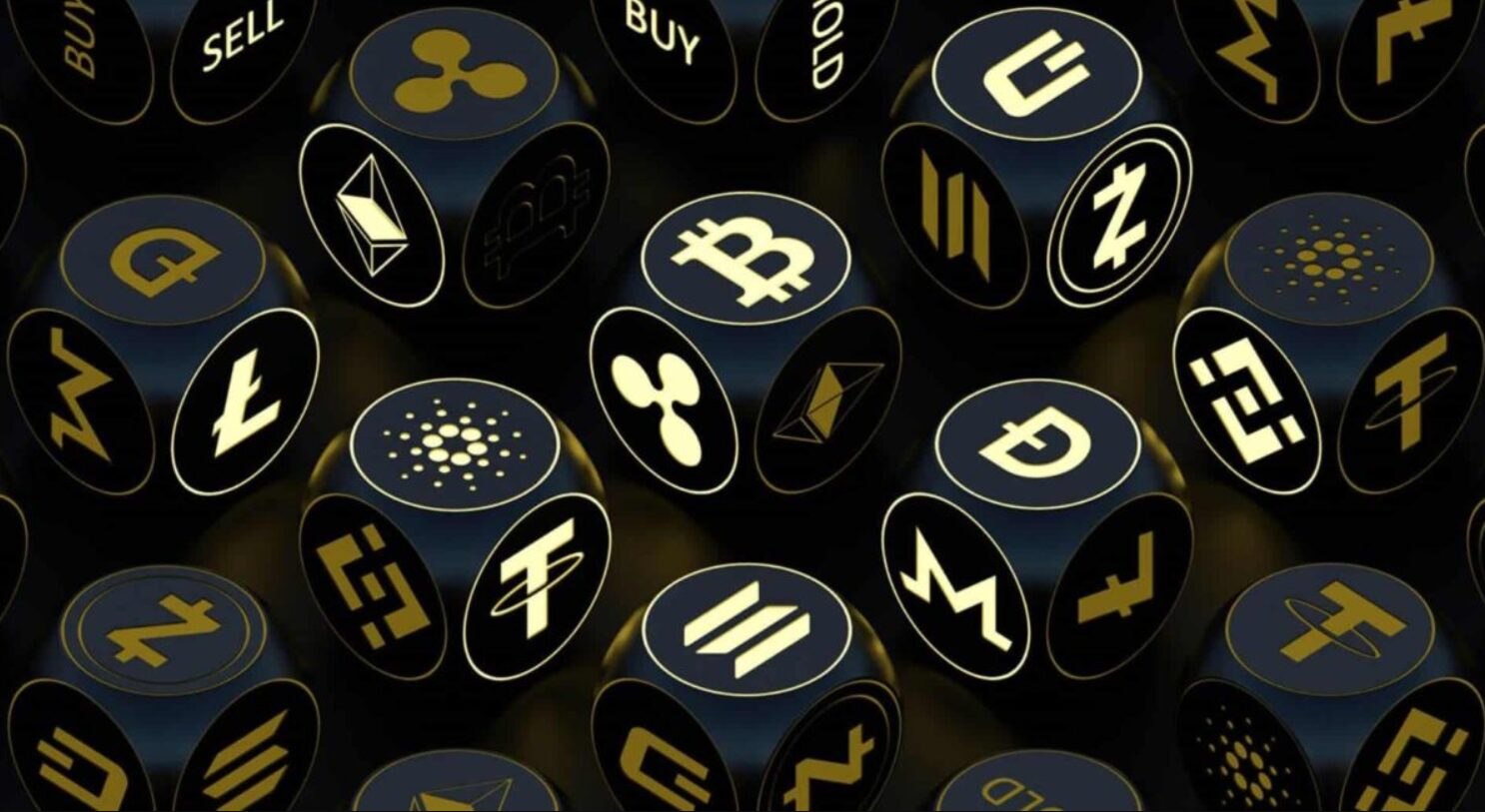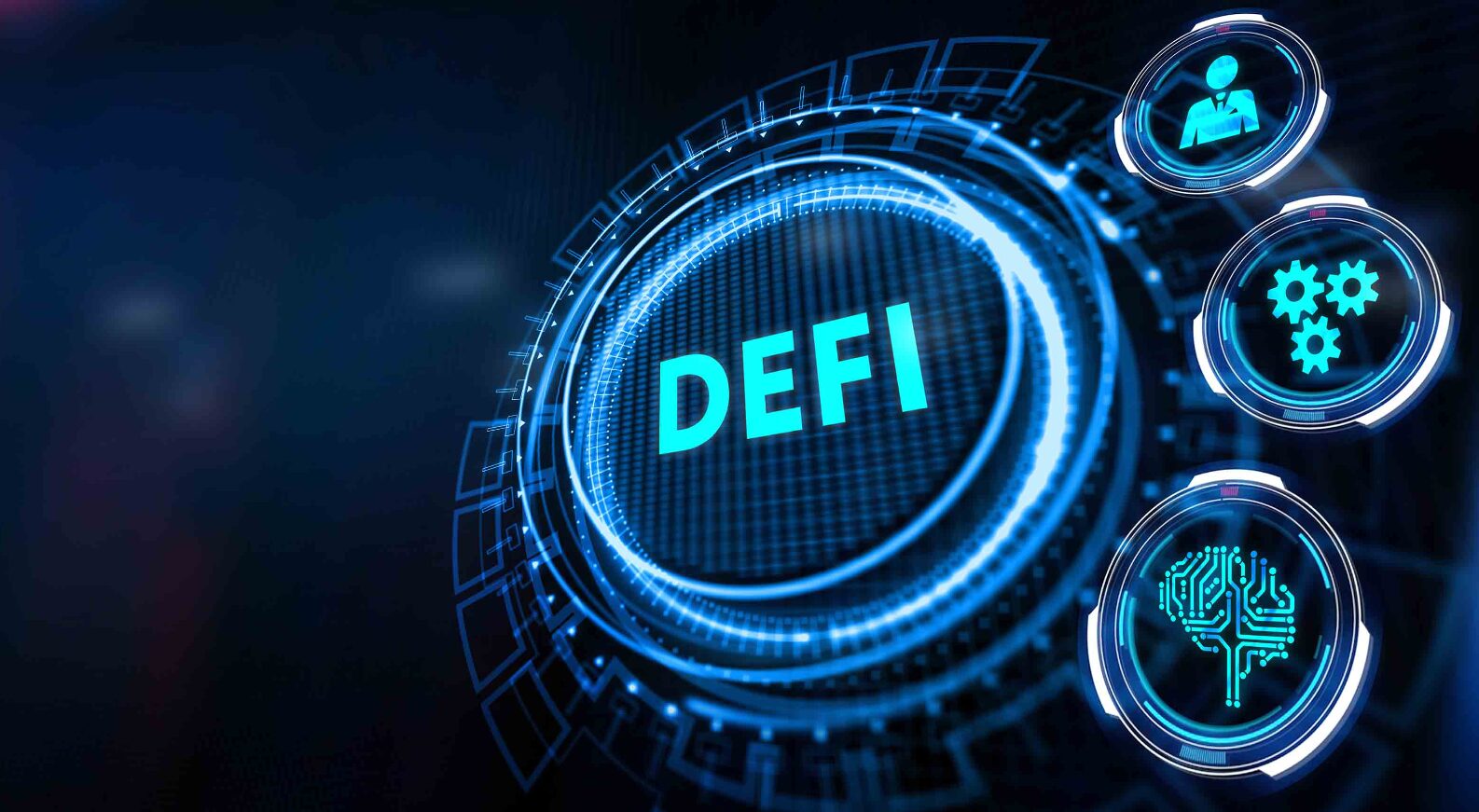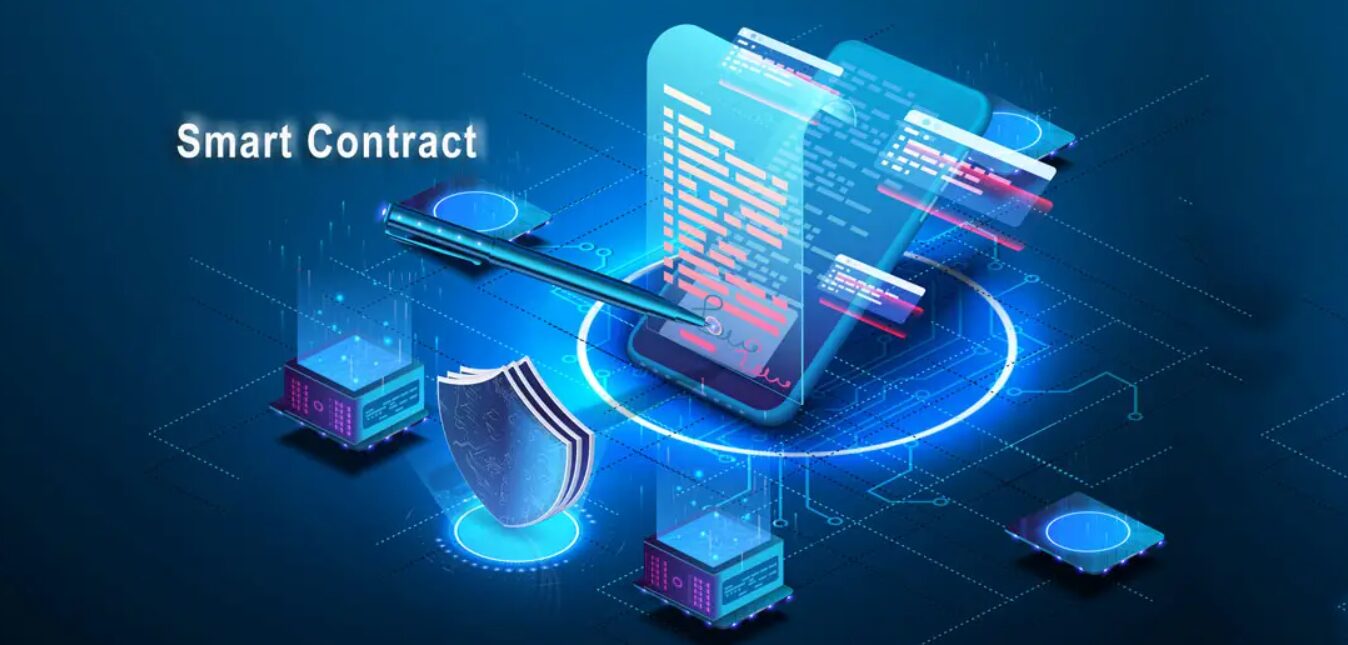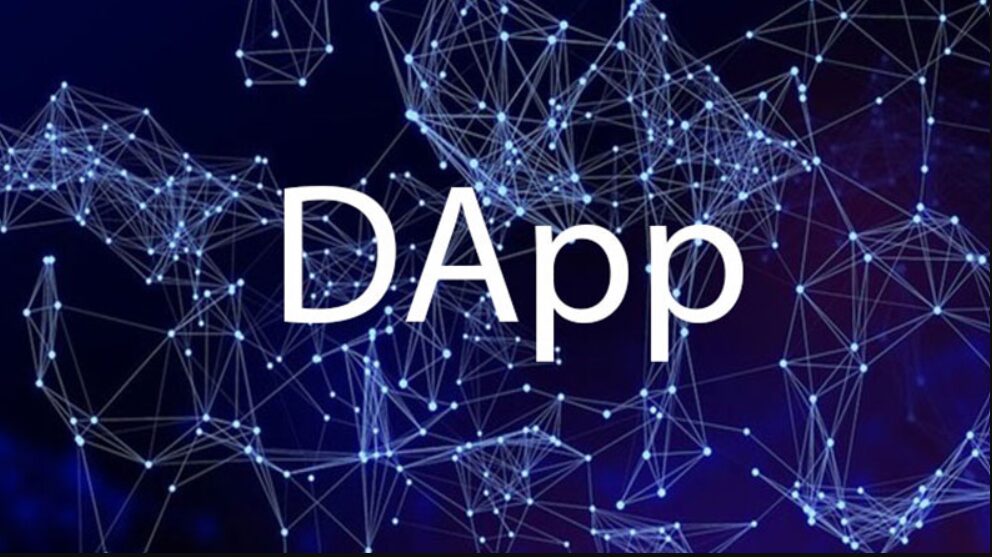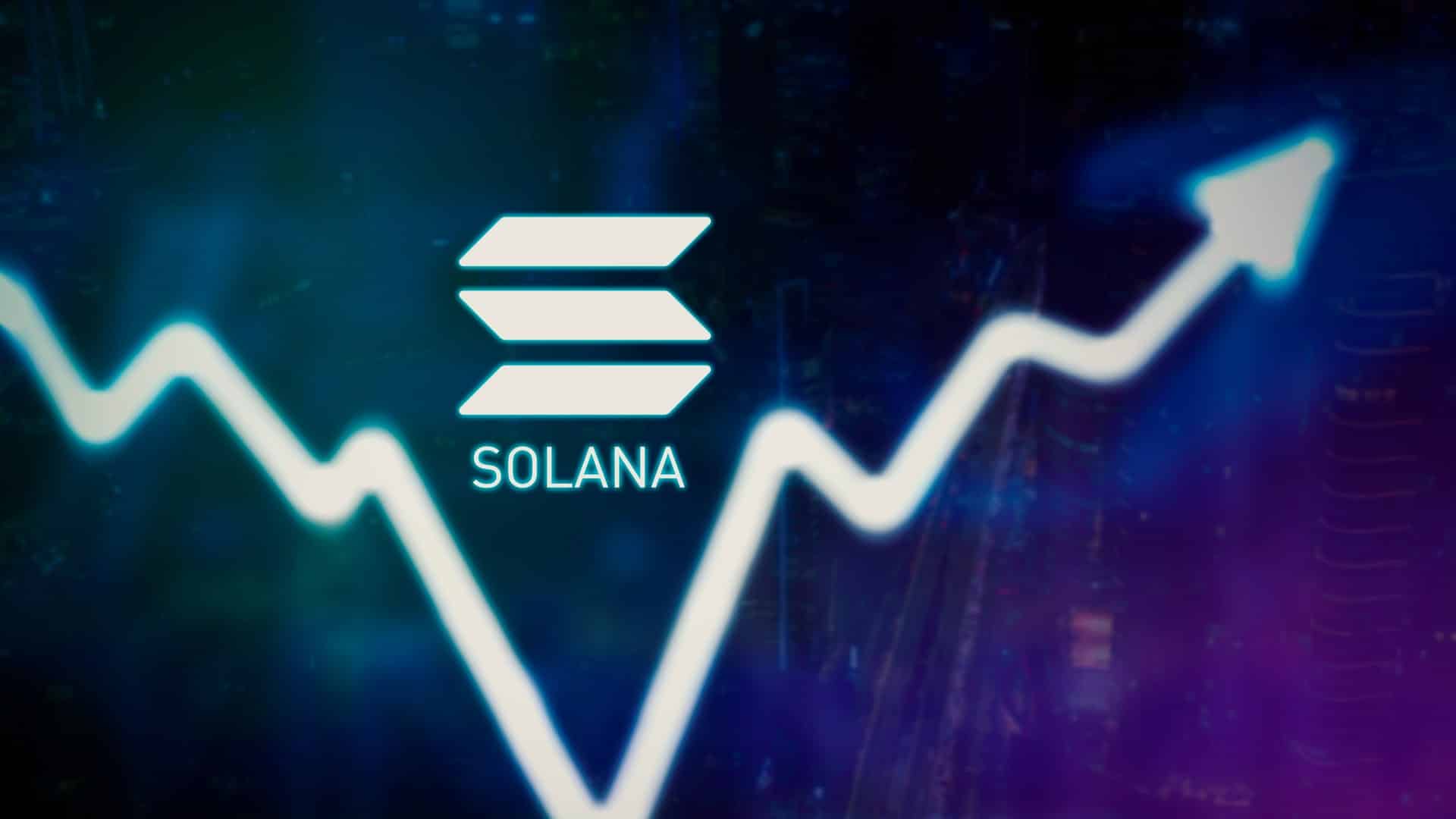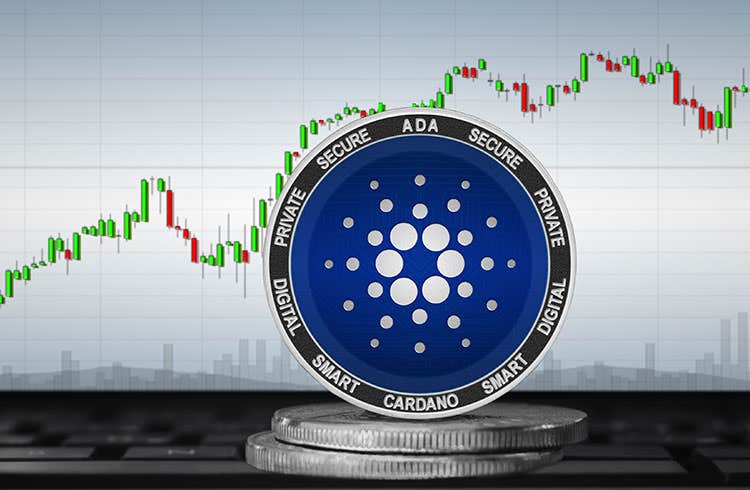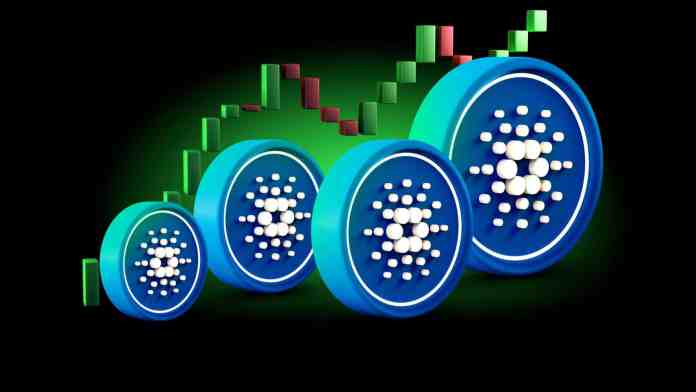Table of Contents
Cryptocurrencies such as Bitcoin, Ethereum & Co. are still a mystery to many people. This is what the various terms relating to cyber currencies and the blockchain mean.
Since Bitcoin, the world’s first cryptocurrency, was developed over ten years ago, the field of digital currencies has developed rapidly. With the cryptoverse, many new terms have entered the language, but what exactly they mean is not always clear. These are some of the most important terms relating to cryptocurrencies, briefly explained.
Blockchain
The technology underlying cryptocurrencies is so-called blockchain technology. Blockchain is a publicly accessible and shared database in which transaction data is stored. Each new block is placed on the previous one, so that the chain is always continued chronologically. In addition, the chain is considered to be tamper-proof, as every transaction is checked via the decentralized user network and the information is stored in encrypted form. The new technology therefore offers the highest level of transparency and makes trustworthy institutions such as banks superfluous.
Mining
Since checking the blocks of the blockchain requires enormous computing power, the so-called miners, i.e. the users in the network who are also called prospectors, receive a reward for the computing work they do. In the case of cryptocurrencies, the reward is often a fixed number of coins of a cryptocurrency that are newly created using the blockchain and then transferred to the miner. This process is also called Proof-of-Work (PoW).
Proof-of-Stake
However, there is also another method for verifying the blocks in the chain, namely the so-called proof-of-stake method, which differs from the PoW process. The prerequisite for this is that the network user already owns coins of the blockchain to be verified. The more coins the validator owns, the greater the probability that he or she will be allowed to add the next block to the chain. As a reward, he or she receives a predetermined transaction fee. So no new coins are created in the sense that the validator does, but the validator receives interest on his or her coins for the computing power he or she provides. The advantage of staking compared to PoW is that the process is less computationally intensive and therefore uses less energy.
Coins and Tokens
A coin is the unit used for a cryptocurrency. The term token is often used synonymously, but strictly speaking they are two different things. A coin is the unit of a cryptocurrency that has its own blockchain, such as Bitcoin, which is based on the Bitcoin blockchain. Ethereum, in turn, has its own Ethereum blockchain. However, there are now also numerous cryptocurrencies that are also based on the Ethereum blockchain, i.e. do not have their own blockchain; their unit is the token. However, the function of the token can also go far beyond that of the unit. Tokens can also be their own product, represent part of a company, or serve as proof of ownership.
Altcoins
The term altcoins often appears in connection with coins and tokens. This word is made up of the English words alternative and coins, and is meant to mean something like alternative coins. This means an alternative to the original cryptocurrency Bitcoin, so in principle all cryptocurrencies beyond Bitcoin are altcoins. However, altcoins are usually not just copies of Bitcoin, but rather pursue their own goals or make other demands. Some altcoins also have their own blockchain.
Wallet
Similar to a conventional wallet, the wallet is used to give cryptocurrency owners the opportunity to access their digital assets. Unlike a normal wallet, however, the cryptocurrencies are not physically located in the wallet, but can be managed, sent and received here. This is done using keys, the public and private keys. The public key is the storage location of the wallet, the private key is the password with which the user gains access to their crypto holdings on the blockchain. This must be very well protected because, on the one hand, anyone who has the private key has access to the wallet, even if the private key is stolen, and, on the other hand, a forgotten password cannot simply be reset. In this case, the crypto holdings become inaccessible to the owner. Incidentally, owning a wallet is usually the basic requirement for trading or holding cryptocurrencies.
DeFi
Now let’s dive a little deeper into the cryptoverse. Not only are there now a wide variety of cryptocurrencies, but the creation of blockchain technology has also essentially created the possibility of a new decentralized and digital financial system. This area is also called Decentralized Finance, or DeFi for short. The key here is that the blockchain makes traditional financial service providers such as banks superfluous and anyone with internet access can participate in the decentralized financial markets.
Smart Contracts
The whole thing is made possible by so-called smart contracts, which could be translated as “intelligent contracts”. These are like small programs that automatically trigger themselves when a certain previously defined condition is met. Just like the blockchain itself, they are transparent, tamper-proof and do not require an intermediary. If, for example, a notary was traditionally required to process a contract, this can be done in the DeFi area by a smart contract. Thanks to the immutable, fixed code, the smart contract replaces the middleman and can immediately initiate the execution of the contract when the condition is met. Most smart contracts are used on the Ethereum blockchain.
DApps
If many smart contracts are combined into a larger, more complex program, they form their own applications, which in turn are designed in a decentralized manner. These are therefore also called decentralized applications, or DApps for short. These DApps can be used for very different things, similar to traditional apps. For example, there are decentralized applications for exchanging and trading tokens, but also those that are only used for gaming.
- Bitcoin Whales Cash In Millions Amid Recent Rally - November 20, 2024
- Hidden Pattern on XRP Charts Suggests a 500% Surge – Is It Finally Moon O’Clock? - November 20, 2024
- $PNUT Up 325% In 7 Days, Heading To New Record – Will This New Altcoin Be The Next Hot Deal? - November 19, 2024

